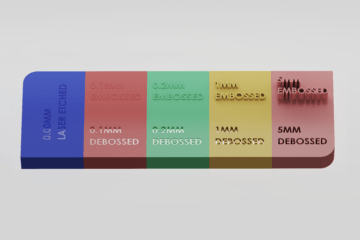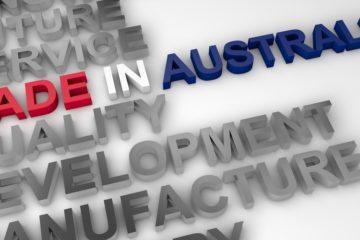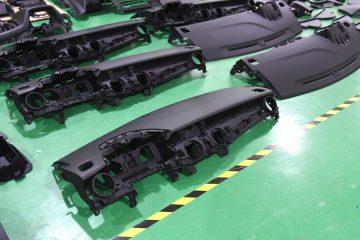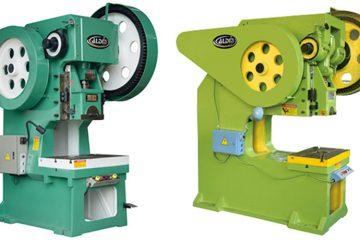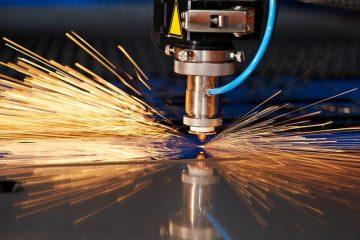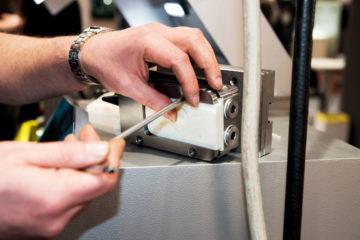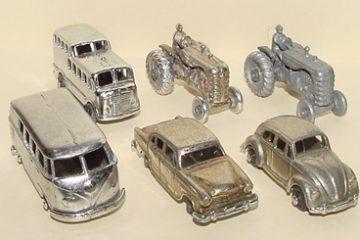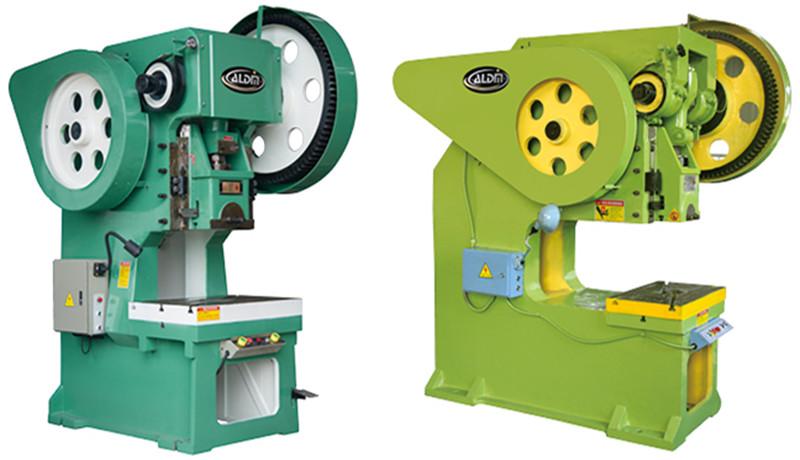
How does a Metal Press work? A press is simply a flat bed, and a pressing ram or rod, that is actuated either hydraulically/pneumatically or mechanically. To make a metal pressed part, you insert 2 halves of a metal press tool into the press. You then bolt the bottom of the tool to the work bed, and the top of the tool to the ram or rod. Once that is done, you can feed sheet metal material into the machine and the metal will be pressed between the two halves of the tool and it will be pressed into the desired shape.
Complex metal pressed parts are made in progressive metal press tools. In this process material is fed in one direction and progresses through several stages in the tool. Each stage of the tool adds more complexity to the part, by adding a bend or shearing a cut or punching a hole. The material is fed through periodically, so each time the tool opens, more material is fed in one end and finished pressed parts come out the other.
Hydraulic and Pneumatic Presses use a cylinder and fills this a liquid (including air) through a hydraulic pump. By adding liquid to the cylinder, the pressure builds. The pressure of the liquid is constant throughout the cylinder. This pressure then is exerted onto the pressing rod or ram which forms that pressure down onto the tool and work piece. Usually slower than mechanical presses, hydraulic presses are good for applying a constant amount of pressure over the entire length of the punch. This means they are generally better suited for parts that need to be pressed deeply or over an extended period.
Mechanical presses use an electric motor which spins a belt connected to a flywheel. This is transferred through a series of gears. These gears drive the ram up and down. To start the press, the flywheel is connected to a clutch and brake system which allows the flywheel to spin without actuating the ram at all. These mechanical systems usually run a lot faster than others, with most presses able to stamp the par 40-80 times in a minute. This rate is called Strokes Per Minute (also known as SPM) and it’s a critical factor in progressive tool design as it dictates how quickly you can make your product.
If you’d like to learn more about Metal Pressing or if you have a metal press tool that you need repaired, please don’t hesitate to contact us about a free 1-hour meeting.
http://www.clickblue.com.au/dienamics-geebung
http://www.expressbusinessdirectory.com/Companies/Dienamics-C1047705
Subscribe to Our Newsletter
Get the latest news from Dienamics into your inbox






